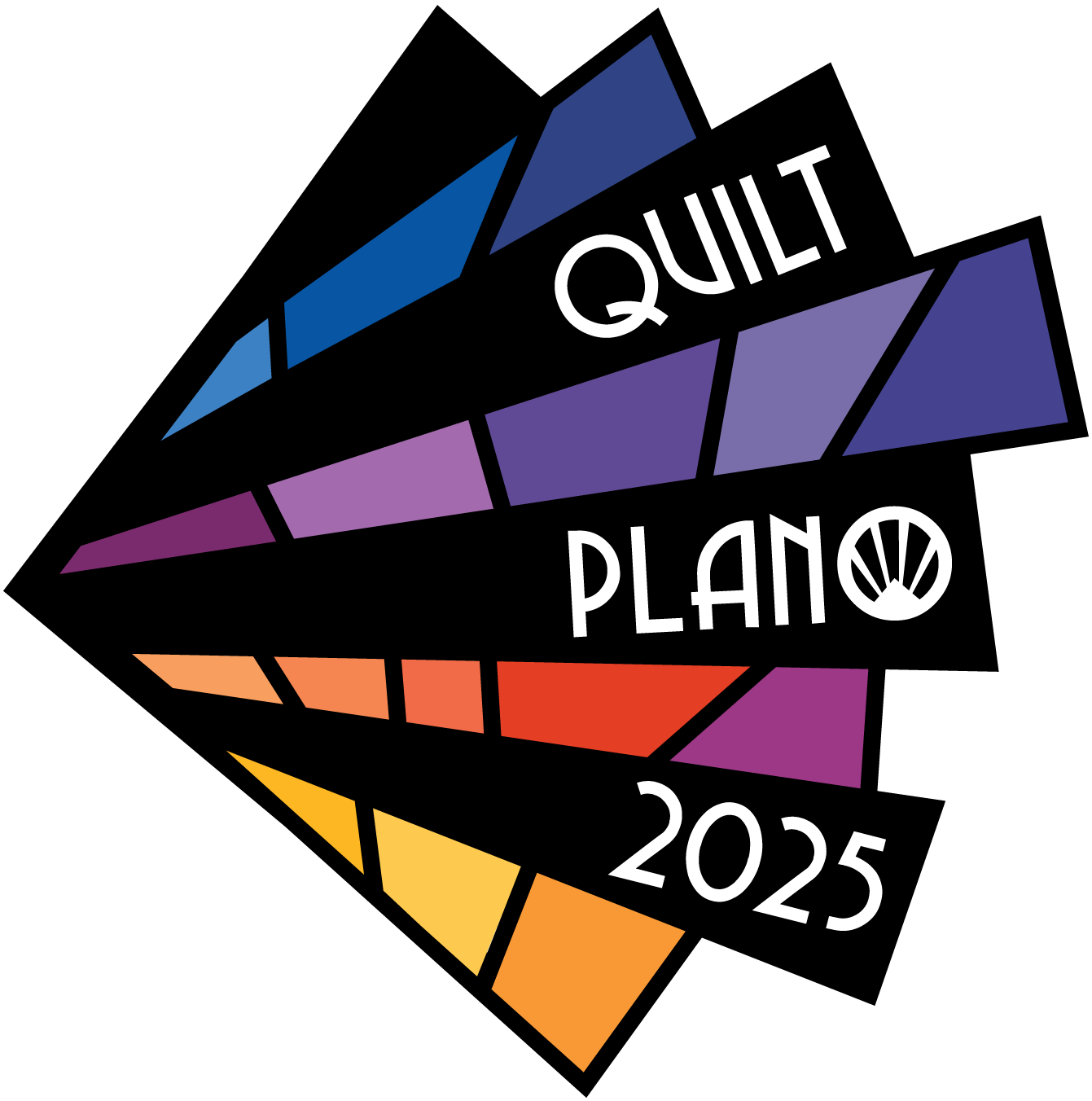Quilt Show Judges
At the Quilt Plano Show, we take great pride in the quality and expertise of our judging panel. Our esteemed quilt judges bring years of experience, knowledge, and a keen eye for detail to the table. Whether you’re entering your quilt into the competition or simply attending the show, you’ll appreciate the care and attention that goes into evaluating each piece. Our judges look for creativity, technical excellence, and overall presentation in each submission, ensuring that only the finest quilts are recognized.
Judge Bios and Qualifications
Our judges come from diverse backgrounds in the quilting world. Each brings a unique perspective, ensuring that every quilt is judged fairly and with attention to its specific technique and style. Here’s a look at some of the judges who will be evaluating quilts at this year’s show:
**Our new judges will be listed after June 30, 2025

***This overview provides just a taste of our quilt categories. For a detailed guide with comprehensive information and precise descriptions, please refer to our Entries Registration PDF.
Traditional Quilts
This category focuses on quilts that follow established patterns and methods, often featuring classic block designs such as the Log Cabin or Double Wedding Ring. Judges look for precision in piecing and adherence to traditional quilting rules, while still encouraging personal touches that make the quilt unique.
Art Quilts
Art quilts are a more experimental category where quilters use textiles as a medium for artistic expression. These quilts often incorporate mixed media, non-traditional materials, and abstract designs. Judges evaluate both the technical skill and the conceptual depth of these pieces.
Appliqué Quilts
In the appliqué category, quilts are judged based on the quality of the appliqué work. Judges will closely examine the edges of appliqué pieces, checking for smooth curves, sharp points, and even stitching. Both hand and machine appliqué are accepted in this category.
Modern Quilts
Modern quilts emphasize simplicity, clean lines, and innovative use of color and negative space. In this category, judges are looking for bold designs, asymmetry, and creative interpretations of traditional quilting methods.
Awards and Prizes
Each year, the Quilt Plano Show offers several prestigious awards, including:
- Best of Show: Awarded to the quilt that exhibits the highest level of craftsmanship, creativity, and overall impact.
- First Place: Given to the top quilt in each category.
- Second Place
- Third Place
- Honorable Mention
- Merit Hand Quilting
- Merit Machine Quilting
- Judge’s Choice: Each judge selects their personal favorite quilt, regardless of category.
- People’s Choice: Voted on by the attendees, this award goes to the quilt that resonates most with the public.
- Member’s Choice: Voted on by the Quilters Guild of Plano members, this award goes tothe quilt that resonated most with the members
- Mayor’s Choice: Selected by Plano Mayor’s Office
How Judging Works
The Judging Process
The judging process begins before the show officially opens to the public. Judges are given ample time to examine each quilt thoroughly. Each quilt is assessed individually, and judges will often compare quilts in the same category to ensure consistency.
Feedback for Entrants
At the Quilt Plano Show, we believe in offering constructive feedback to all participants. Entrants will receive written comments from the judges, highlighting the strengths of their quilt and offering suggestions for improvement where applicable. This feedback is designed to encourage quilters to continue honing their craft and inspire future projects.
How to Enter Your Quilt
If you would like to submit your quilt for judging, visit the Quilt Entry Page on our website. Be sure to review the submission guidelines and deadlines to ensure your quilt is eligible. You’ll need to provide detailed information about your quilt, including its size, materials used, and the category in which you are entering.
The judging process at the Quilt Plano Show is designed to celebrate the skill and creativity of quilters from all backgrounds. With a panel of experienced and knowledgeable judges, each quilt is given the attention and respect it deserves. Whether you’re entering a quilt for competition or attending to enjoy the artistry on display, the expertise of our judges ensures a memorable and inspiring experience for all.
